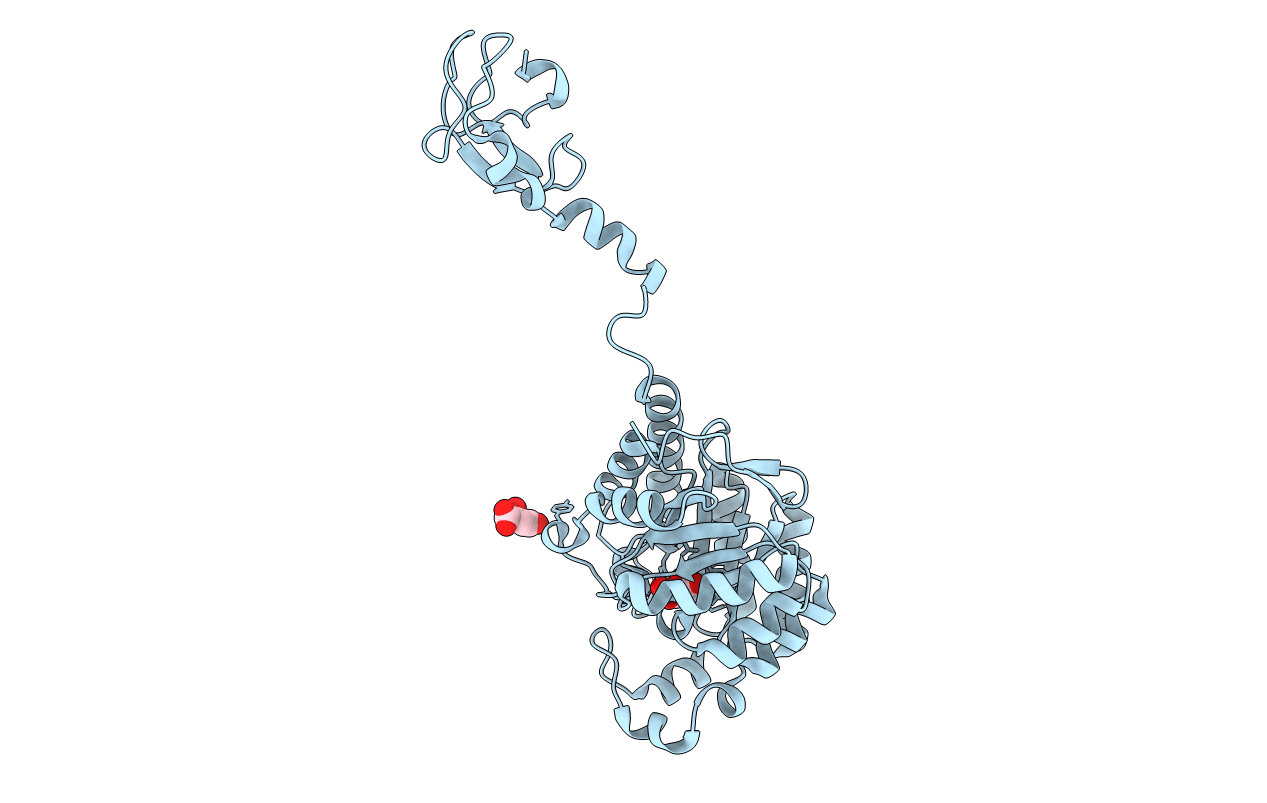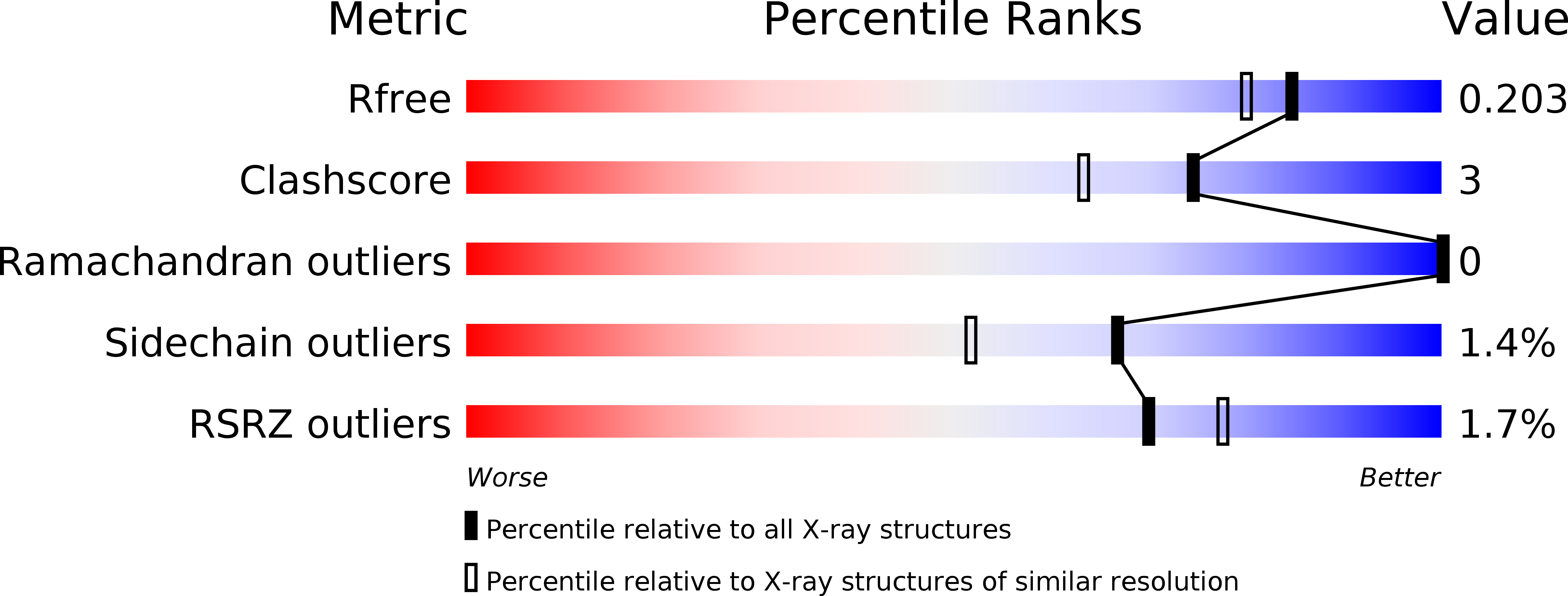
Deposition Date
2013-01-09
Release Date
2013-04-10
Last Version Date
2023-09-20
Entry Detail
PDB ID:
4IPI
Keywords:
Title:
Crystal Structure of R314A N-acetyl Neuraminic Acid Synthase from Neiserria meningitidis with Malate bound
Biological Source:
Source Organism:
Neisseria meningitidis (Taxon ID: 487)
Host Organism:
Method Details:
Experimental Method:
Resolution:
1.75 Å
R-Value Free:
0.19
R-Value Work:
0.16
R-Value Observed:
0.16
Space Group:
P 21 21 2


